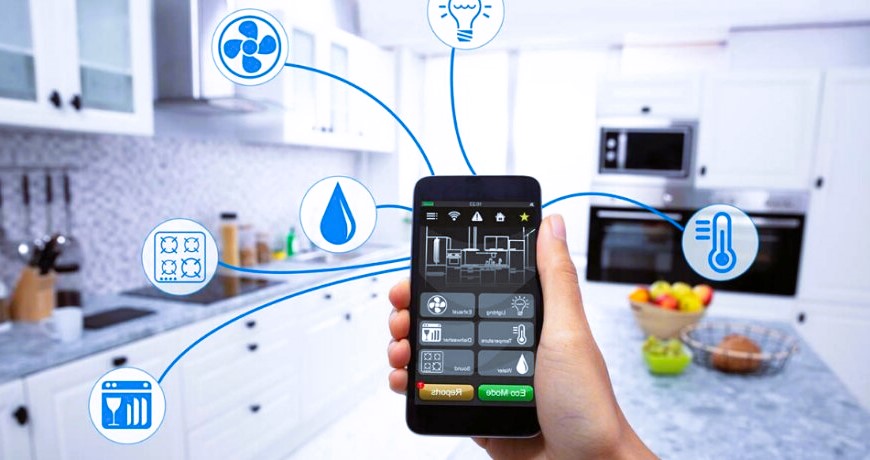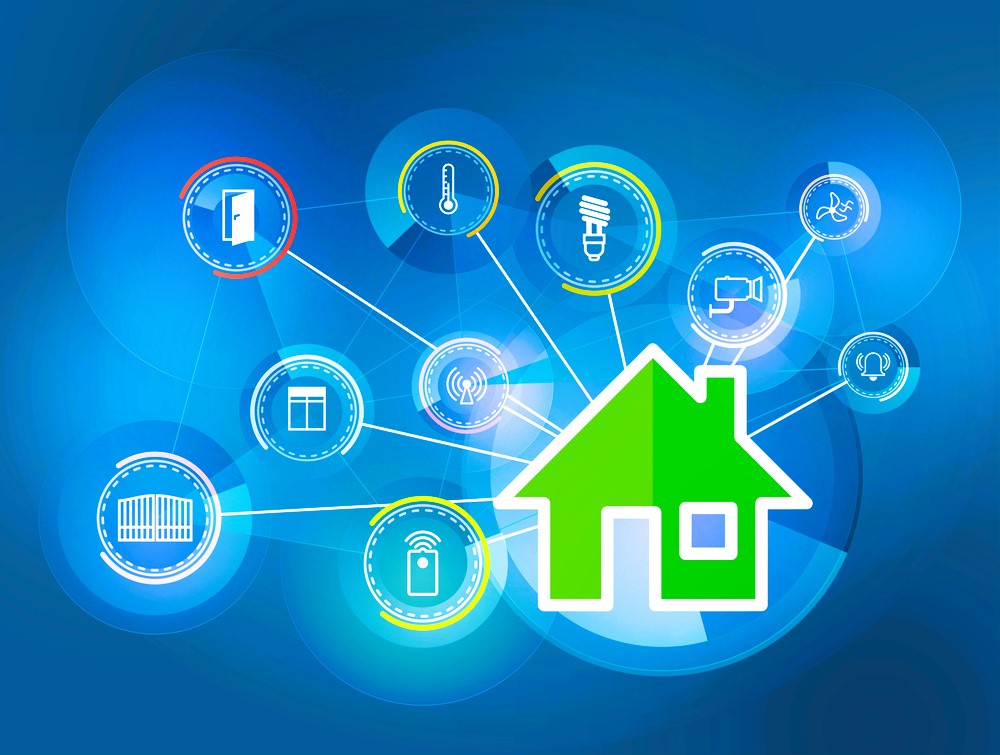In today’s technology-driven world, smart home automation is revolutionizing the way we control and manage our homes. When it comes to heating, smart home automation offers a range of features and capabilities that can help maximize energy savings, increase comfort, and reduce environmental impact. In this article, we will explore how smart home heating automation can be used to optimize energy usage and achieve significant cost savings while maintaining a comfortable indoor environment.
- Remote Access and Control
One of the key advantages of smart home heating automation is the ability to control and monitor your heating system from anywhere, at any time. Through mobile applications or web interfaces, homeowners can remotely adjust temperature settings, set heating schedules, and monitor energy consumption. This remote access ensures that you can optimize your heating system even when you’re away from home, avoiding unnecessary energy usage and reducing heating costs.
- Personalized Heating Schedules

Smart home heating automation allows homeowners to create personalized heating schedules tailored to their routines and preferences. Instead of maintaining a constant temperature throughout the day, you can program your heating system to adjust temperatures based on occupancy patterns. For example, you can lower the temperature when everyone is out of the house and raise it before people return. By aligning your heating schedule with your daily activities, you can reduce energy waste and optimize comfort.
- Occupancy Sensors and Smart Detection
Smart home heating automation can utilize occupancy sensors and smart detection technologies to adjust heating settings based on real-time occupancy. Occupancy sensors can detect whether a room or area is occupied and adjust the heating accordingly. For instance, if a room has been unoccupied for a specified period, the system can lower the temperature to conserve energy. When someone enters the room, the heating system can automatically raise the temperature to a comfortable level. This smart detection feature ensures that energy is only expended when and where it is needed, maximizing efficiency. Customizing Comfort in Every Room – Zoned Heating.
- Integration with Weather Data
Integrating smart home heating automation with weather data allows the system to adjust heating settings based on external conditions. By accessing real-time weather information, the system can anticipate temperature changes and adjust heating levels accordingly. For example, if the weather is expected to be warmer than usual, the system can lower the heating intensity to avoid unnecessary energy usage. By leveraging weather data, smart home heating automation ensures that your heating system is in sync with the external climate, reducing energy waste.
- Learning Capabilities and Adaptive Programming
Smart home heating automation systems can learn from user behaviors and adapt their programming to optimize energy usage. By analyzing temperature preferences, occupancy patterns, and other factors, these systems can automatically adjust heating schedules to maximize efficiency. For example, if you typically lower the temperature at night, the system can learn this pattern and automatically adjust the heating accordingly. Over time, the system becomes more intuitive, making energy-saving adjustments without requiring manual intervention.
- Integration with Other Smart Devices
Smart home heating automation can seamlessly integrate with other smart devices and systems in your home. Integration with smart thermostats, sensors, and voice assistants allows for a holistic and streamlined automation experience. For instance, integrating with window sensors can enable the system to adjust heating when windows are opened to prevent energy waste. Voice-activated controls through popular voice assistants such as Amazon Alexa or Google Assistant provide convenient hands-free operation. This integration enhances the overall efficiency and effectiveness of your smart home ecosystem.
To learn more about standardization efforts in the field of smart home technology, you can refer to the relevant Wikipedia page on home automation: Wikipedia – Home Automation.
- Energy Monitoring and Insights
Smart home heating automation systems often include energy monitoring features that provide real-time information on energy usage. By tracking energy consumption, you can gain insights into your heating patterns,identify energy-saving opportunities, and make informed decisions to optimize energy usage. Energy monitoring features can provide data on daily, weekly, or monthly energy consumption, allowing you to identify trends and take proactive steps to reduce energy waste. By understanding your energy usage, you can make adjustments to your heating settings and habits to achieve maximum energy savings.
- Integration with Energy Efficiency Programs
Smart home heating automation systems can align with energy efficiency programs and initiatives, allowing homeowners to take advantage of incentives and rebates. Many regions have energy efficiency programs that promote the adoption of smart technologies to reduce energy consumption. By integrating your smart home heating system with these programs, you can access financial incentives, receive energy efficiency assessments, and participate in energy-saving initiatives. This integration not only maximizes energy savings but also contributes to the broader goal of sustainability and environmental stewardship.
- Continuous Improvement and Software Updates

Smart home heating automation systems often receive software updates that enhance their capabilities and performance. These updates can introduce new features, improve energy-saving algorithms, and address any bugs or security vulnerabilities. By regularly updating your smart home heating system, you can ensure that you are benefiting from the latest advancements in energy efficiency and automation. Staying up-to-date with software updates ensures that your system remains optimized for energy savings and provides the best possible user experience.
- Environmental and Cost Benefits
By leveraging the features of smart home heating automation, homeowners can achieve significant environmental and cost benefits. Maximizing energy savings reduces greenhouse gas emissions associated with energy production, contributing to a more sustainable future. Additionally, optimizing energy usage lowers heating costs, resulting in long-term financial savings. The investment in a smart home heating automation system can lead to a rapid return on investment through reduced energy bills and increased energy efficiency.
In conclusion, smart home heating automation offers numerous benefits for maximizing energy savings and achieving optimal comfort. Through remote access, personalized schedules, occupancy sensors, integration with weather data, learning capabilities, and integration with other smart devices, homeowners can achieve significant energy efficiency improvements. By monitoring energy usage, integrating with energy efficiency programs, and staying up-to-date with software updates, homeowners can continually improve their energy-saving efforts. Embrace the advantages of smart home heating automation to reduce energy consumption, lower costs, and create a more comfortable and sustainable living environment.
